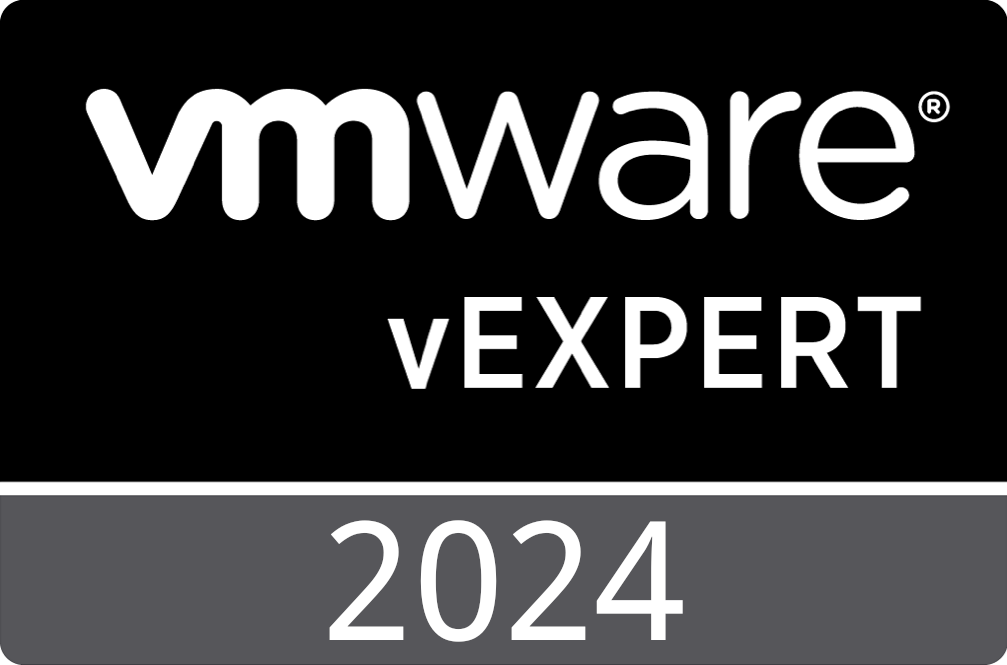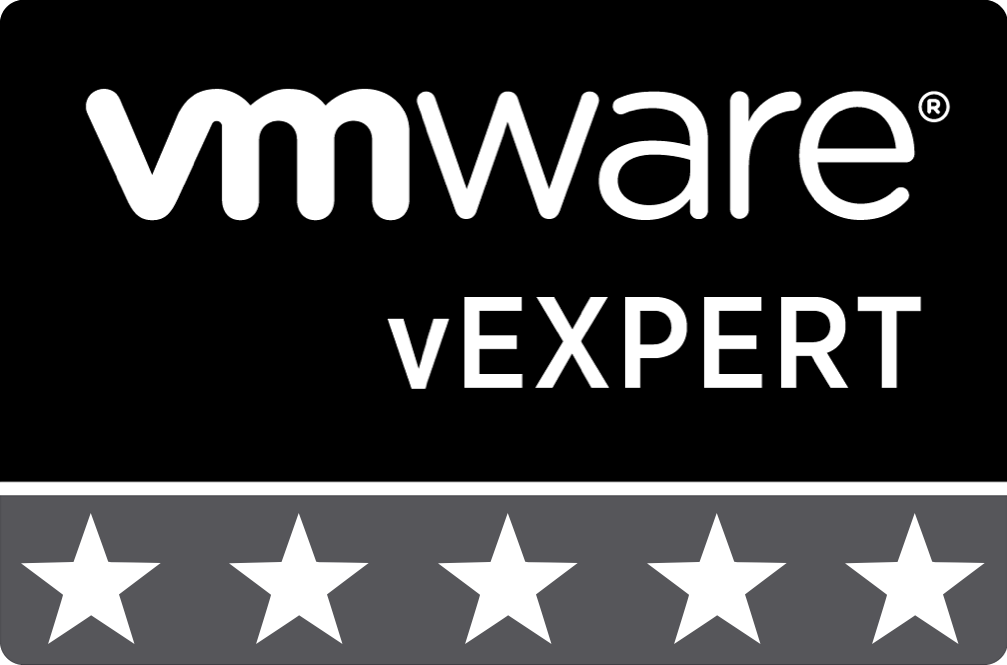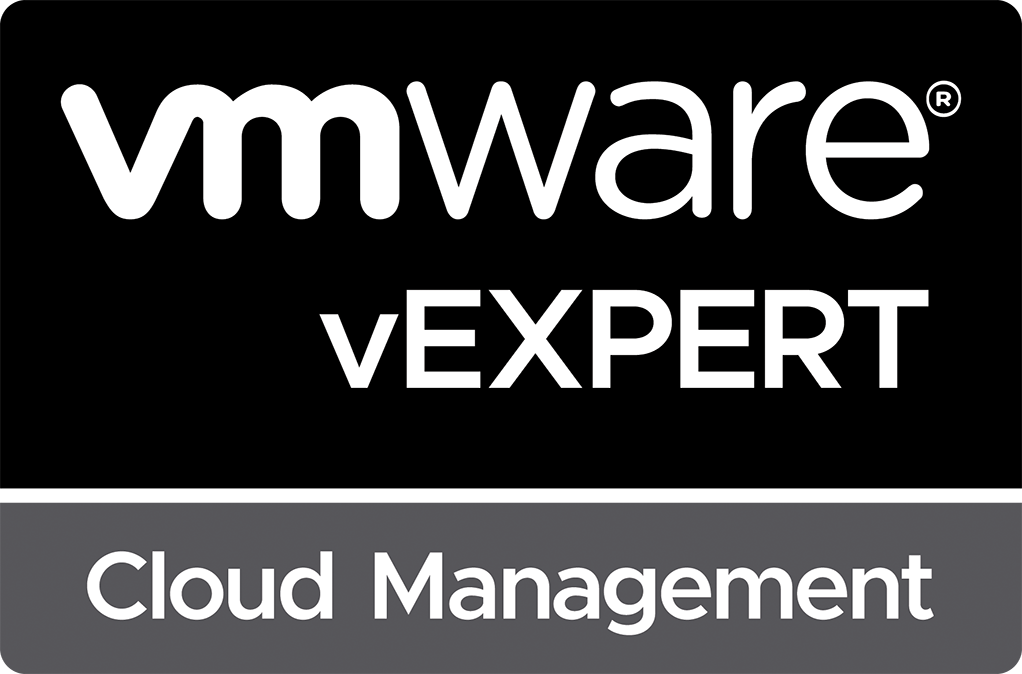
What's New in vRealize Automation 8.6
Today is the first day of VMworld 2021 and with it, VMware has announced VMware vRealize Automation 8.6. With it comes many additional enhancements and a few new features to make managing your clouds much simpler. As is typical, VMware has not provided an exact release date but has stated that it will be released in Q3 of FY22.
Enhancements in vRealize Automation 8.6
- Leverage Azure provisioning capabilities, including the ability to configure the name for the Azure NIC interfaces.
- Leverage the Workspace support for Code Stream to support Kubernetes. Onboard vSphere networks as an additional resource type in the onboarding workflow.
- Utilize the ability to configure tags in a VMware Cloud Template for machines running in VMware Cloud.
- Integrate vCloud Director within vRealize Automation
- Leverage third-party integrations with Puppet Enterprise support for machines without a Public IP address.
- Discover the native SaltStack Configuration Automation Config via modules for vSphere, VMware Cloud and NSX.
- Deploy custom resources with ABX actions.
Custom Resource Powered by ABX
Previously, vRealize Automation supported the creation of Custom Resources through integration with vRealize Orchestrator objects including Dynamic Types. With vRealize Automation 8.6, VMware is introducing the ability to create and manage Custom Resources based on ABX actions. This new capability will allow for:
- Provisioning a custom resource using ABX actions.
- Track and manage the custom resource and its properties during its whole lifecycle.
- Enables you to perform day 2 operations known as resource actions.
Now, when creating a new Custom Resource, you will encounter an option that allows you to select “ABX user-defined schema” as the type for the “Based on” option.
Once selected, you will be presented with a familiar layout that allows you to select the various Create, Update, Destroy, and day-2 operations. What you will also see now is that the ABX-based Custom Resources include a Read operation which replaces the functionality previously provided by the vRealize Orchestrator Dynamic Types.
Dynamic External Value Inputs in Cloud Templates
This new feature allows you to define dynamic input fields within your Cloud Templates by directly interfacing with vRealize Orchestrator Actions. Previously, this could be accomplished by defining custom forms within Service Broker, but now the capability is integrated directly within Cloud Assembly. This new capability allows you to pass local inputs as parameters into the vRealize Orchestrator Action as shown in the screenshot below with the example parameter {{local_property}}:
When defining a new Cloud Template input, you will now have the option of selecting a “Default value source” of “External Source”.
Next, you will be presented with a dialog that allows you to select the vRealize Orchestrator Action and to select any local properties to be utilized as inputs for the vRealize Orchestrator Action.
This new capability is also available for use within Property Groups which allows for easy and quick reuse of your dynamic external input capabilities as well as a single place to update the input across all referencing Cloud Templates.
Kubernetes Workspaces in Code Stream
Previously, Code Stream required the use of a standalone Docker host to execute continuous integration pipeline containers. This requirement was not well-liked by customers and many requested that they be able to utilize existing Kubernetes environments to execute these pipeline containers. With this new feature, customers can now execute these Code Stream workspace within Kubernetes. This new capability works similarly to how the Docker capability worked. Where it does differ, is you will define a Namespace where the container images will execute, whether to utilize a node port or a load balancer proxy to access this as well as persistent volume claims for data persistence.
Additional Information
Announcing VMware vRealize Automation 8.6
Custom Resources – ABX Backed – A Data Management Tanzu Use Case
See Also
Search
Get Notified of Future Posts
Recent Posts









